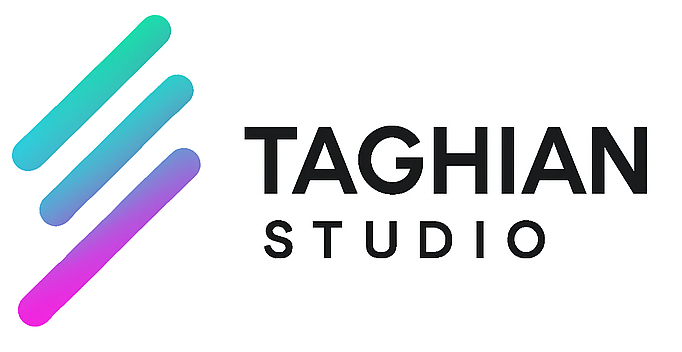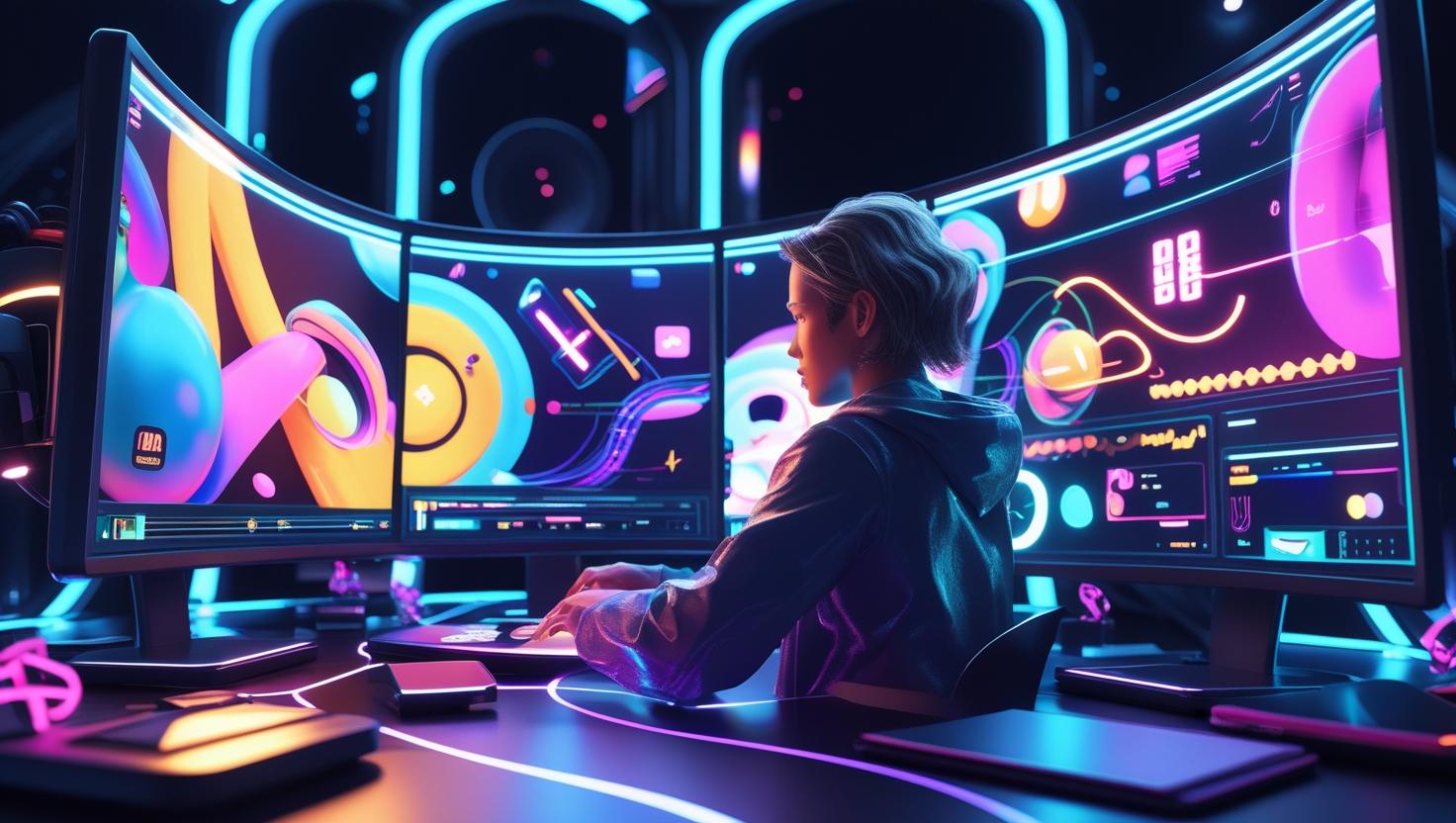Introduction Social media management is the process of creating, scheduling, analyzing, and engaging with content posted on social media platforms like Instagram, Facebook, Twitter, LinkedIn, and TikTok. Effective social media management helps brands build a strong online presence, connect with their audience, and drive engagement, leads, or sales. 1. Key Responsibilities of a Social Media Manager 1.1 Content Creation Developing high-quality, engaging content (posts, videos, infographics, stories) tailored to each platform and audience. 1.2 Scheduling and Posting Using tools like Buffer, Hootsuite, or Later to plan and automate posts, ensuring consistency and optimal posting times. 1.3 Community Engagement Responding to comments, messages, and mentions, and actively participating in conversations to foster relationships with followers. 1.4 Analytics and Reporting Tracking performance metrics such as likes, shares, reach, impressions, click-throughs, and conversions. Analytics help optimize strategy and measure ROI. 2. Best Practices for Social Media Management 3. Tools and Platforms 4. Challenges in Social Media Management Conclusion Social media management is both strategic and creative. A strong social media presence can boost brand awareness, audience engagement, and business growth. Success requires planning, creativity, analytics, and continuous adaptation to trends and audience behavior.
Motion Graphics – The Art of Bringing Design to Life
Introduction Motion graphics is a dynamic form of visual storytelling that combines graphic design, animation, and cinematic techniques to create engaging content. Unlike traditional animation, motion graphics focuses on abstract elements, typography, and icons to communicate ideas quickly and effectively. It’s widely used in advertising, explainer videos, social media, and UI animations. 1. Key Principles of Motion Graphics 1.1 Storytelling Even short motion graphics need a narrative. Every element on screen should have a purpose — guiding the viewer through an idea, message, or concept. 1.2 Timing and Rhythm Movement is all about timing. The speed, easing, and flow of elements can create emphasis, mood, or humor. Tools like After Effects’ Graph Editor help designers achieve smooth motion. 1.3 Composition and Layout Just like static design, composition matters. Balance, alignment, hierarchy, and spacing make motion graphics readable and aesthetically pleasing. 1.4 Color and Typography Colors evoke emotion; fonts communicate tone. Motion graphics often rely on bold typography and vibrant colors to capture attention quickly. 2. Tools for Motion Graphics 3. Common Applications 4. Best Practices Conclusion Motion graphics is a powerful medium that blends design, animation, and storytelling. Mastery of motion graphics requires creativity, technical skill, and a deep understanding of how motion affects perception. When done right, it transforms ordinary designs into engaging, memorable experiences.
Website Design – From Concept to Launch
Introduction Website design is more than just making something look nice — it’s the art and science of creating a platform that communicates clearly, works smoothly, and drives users toward a specific goal. A well-designed site blends aesthetics, usability, and performance to deliver an exceptional user experience. 1. Stages of Website Design 1.1 Research & Planning Before you start coding, understand: 1.2 Wireframing & Prototyping A wireframe is a low-fidelity layout that maps the structure of each page.A prototype is an interactive model showing how the site will behave. 1.3 Choosing the Technology Stack 2. Key Principles of Effective Design 2.1 User Experience (UX) Focus on ease of navigation, clear hierarchy, and logical flow.Every click should have a purpose. 2.2 Visual Design Use consistent branding (colors, typography, spacing).Follow principles like contrast, alignment, proximity, and balance. 2.3 Mobile Responsiveness Your design must adapt to different devices. Frameworks like Bootstrap or Tailwind CSS make responsive design easier. 2.4 Performance Optimization A beautiful site is useless if it’s slow.Optimize images, minimize code, use caching, and leverage CDNs. 3. Best Practices 4. Tools for Website Designers Conclusion Website design is an iterative process — research, design, test, refine, repeat.The best websites are not only visually appealing but also serve a clear purpose, provide value, and adapt to the evolving needs of users.



